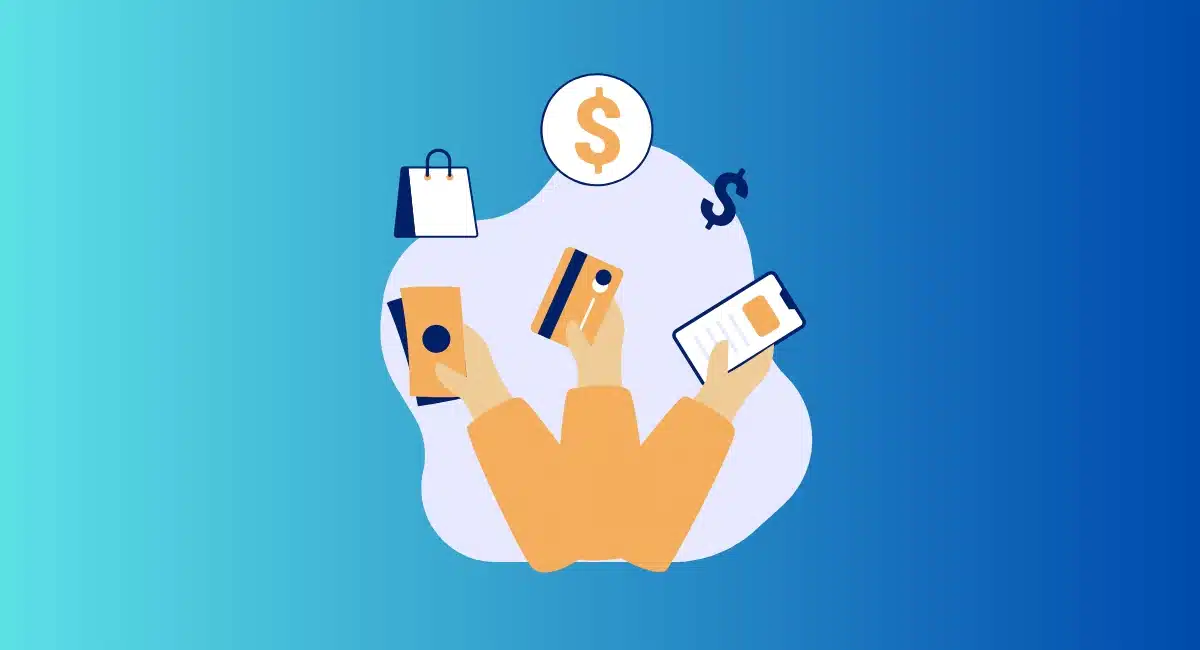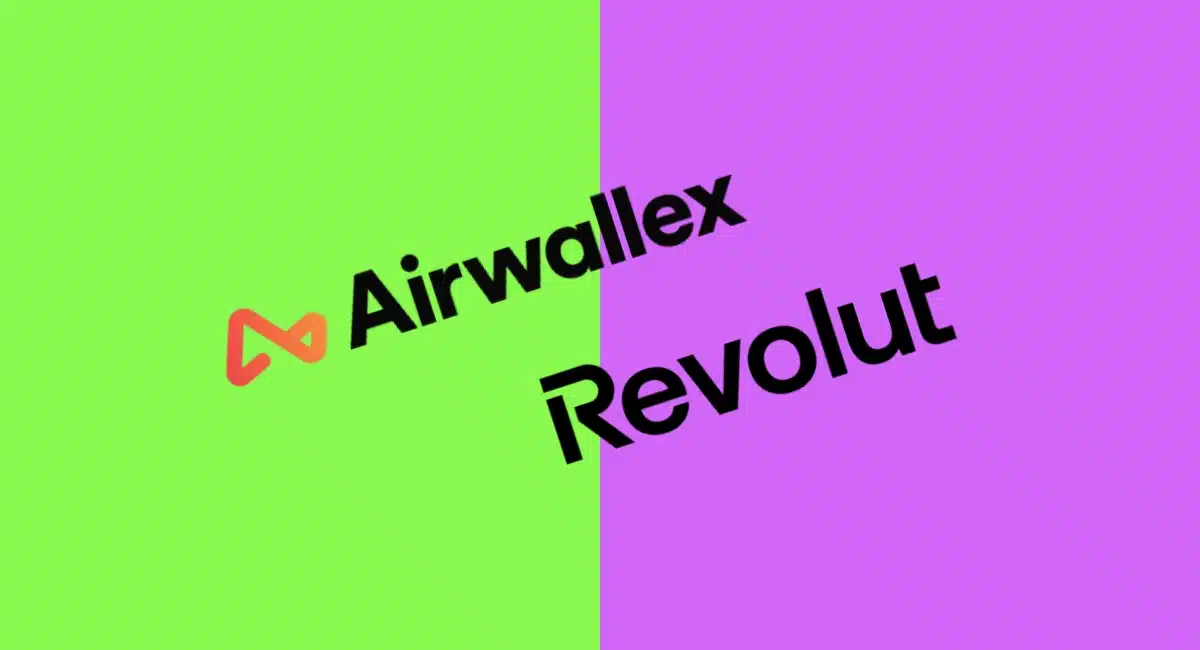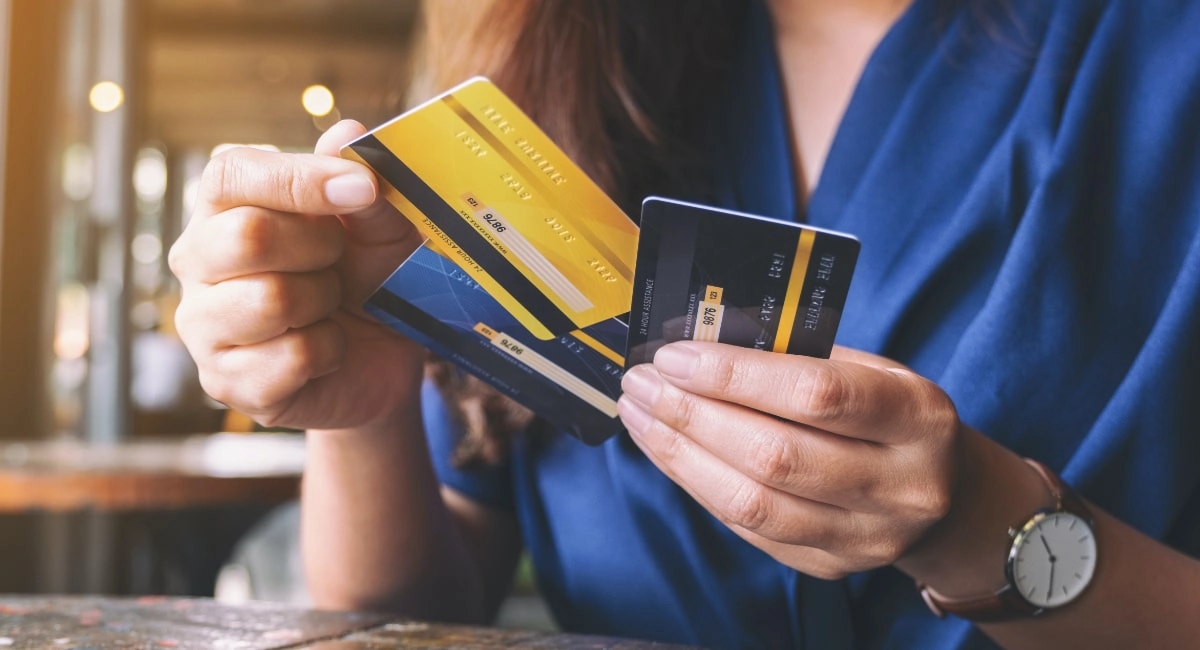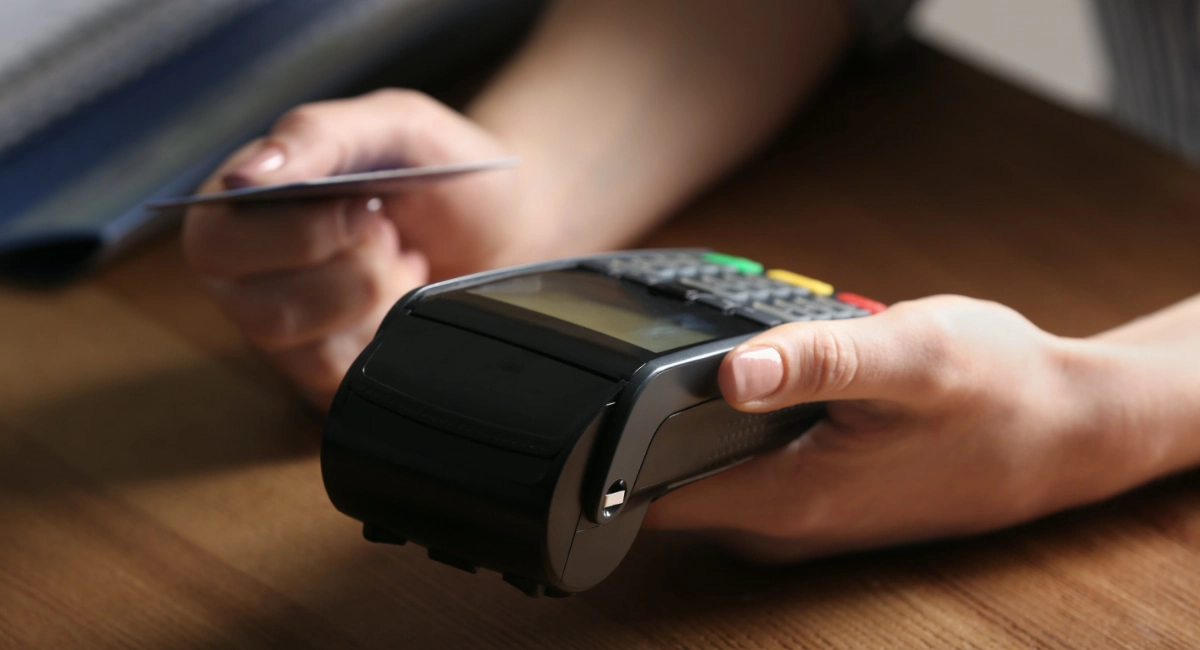As a business owner, you know that being able to process payments seamlessly can’t be understated in its significance. From customer satisfaction to improving your business’s general efficiency, fast payments are the lifeblood of any business.
Still, what happens when your old reliable EFTPOS terminal suffers technical complications? Or worse, a network outage paralyses your ability to accept payments altogether? Chances are most ordinary business owners aren’t technically adept enough to pull out the screwdrivers and troubleshoot the problems there and then, so what can be done to prevent it from becoming a problem?
Fortunately, Australian business owners don’t have to hang their hat solely on EFTPOS terminals; many payment alternatives are available to ensure your bottom line won’t be impacted.
Aside from the technical complications, being able to provide multiple payment options can be an effective way of boosting sales. Not every customer likes to pay by card, so offering various payment methods prevents potential customers from being alienated.
Payment links
Kicking things off, let’s explore payment links. As the name implies, these are a type of link generated either through a dedicated mobile app or browser dashboard, giving you the option to create and send payment requests with little to no hassle.
Distributing these links is fairly effortless too, with various channels like email, text messages or messaging apps like WhatsApp all being great platforms to share the links through.
Here’s how it works: You enter a transaction amount or add items to a bill in the software you send payment links from, then select how you want to share it (via text, email, messaging app or copy-and-paste).
Photo: Square

Merchants can send payment links from the Square Point of Sale app.
Once the customer receives your payment link, all they need to do is click on it to launch their web browser, where they’ll automatically be redirected to the relevant page. Next, the customer just needs to enter their card details in the right sections, and a seamless and secure transaction can take place, just like normal.
Not only does this remove the limitations of having a fixed location or hardware, but it also means that the customer doesn’t have to download a specific app or create an account to purchase something.
Generally speaking, this simplicity translates into convenience for your customers by reducing the number of barriers to purchasing something, thus making it more likely for them to complete the sale.
This payment alternative serves most effectively for businesses operating in diverse environments, such as pop-up shops or even things like remote consultations.
QR codes
Say, for instance, you’re trying to sell something at a trade show or a crowded marketplace. What do you do when a potential customer expresses interest in one of your products?
Instead of fumbling for cash or relying on a temperamental EFTPOS terminal, have you ever considered simply presenting them with a QR code?
Essentially, these are just codes you can display on your smartphone screen or print out as physical labels to present on your counter. Next, customers can pull out their smartphones to scan the code to launch a payment interface tailored to your payment method of choice – not dissimilar to how payment links work.
There are a few different options at your disposal here, but some of the more prominent examples include digital wallets like Alipay and WeChat Pay, which are popular mobile payment platforms in many different regions, not just Australia.
Merchants can set up QR code payments through a few payment companies. The easiest (and free) one is Square that accepts debit and credit card payments via QR codes.
Self-service checkout solutions
Next up, we have self-service checkouts, a kind of automated system enabling your customers to pay for things without the presence of a staff member.
It can be one of the most efficient payment alternatives, as the lack of human intervention means you can leave customers to their own devices and focus on other priorities. But it also costs more, since it requires a specialist hardware terminal linked with a card reader and/or secure cash system.
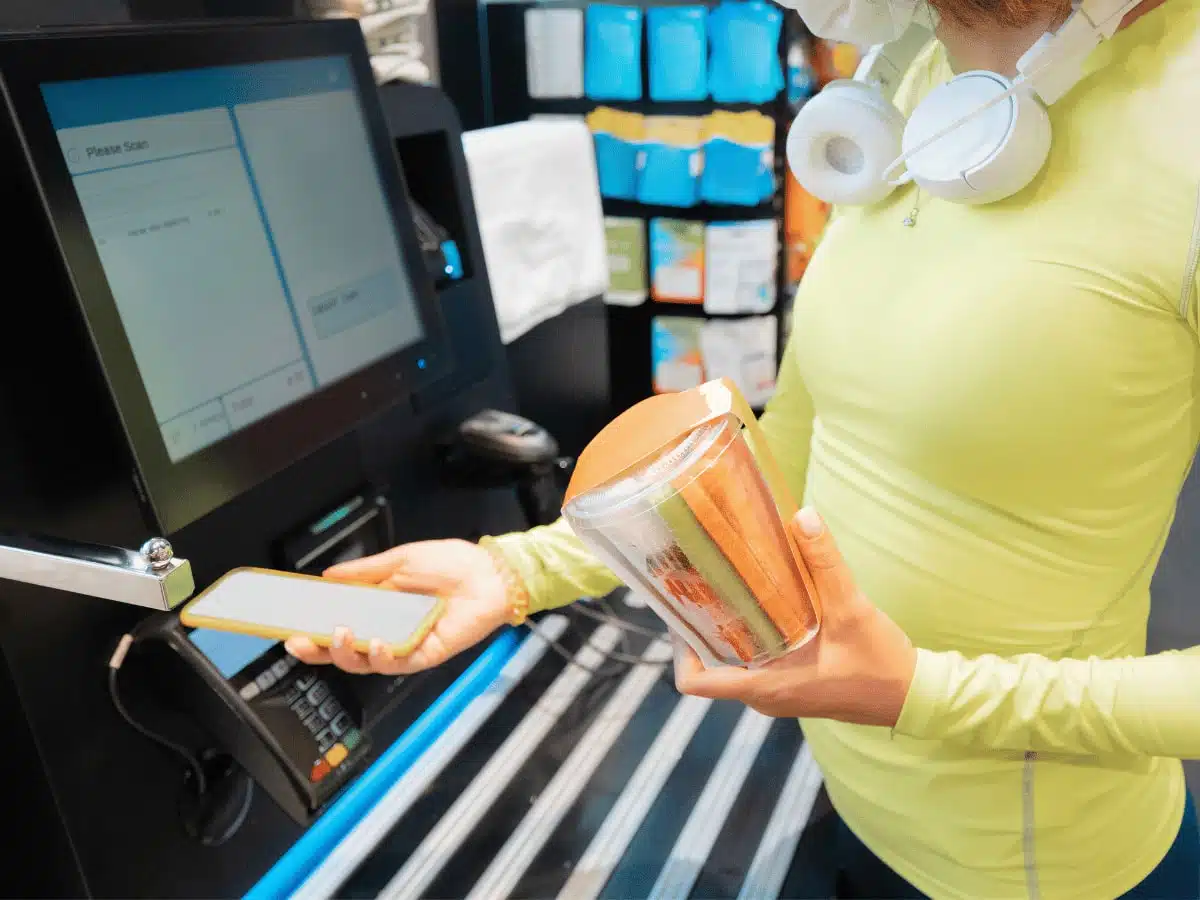
Self-service checkouts are mostly used at large retailers due to their cost.
You’ll commonly see these kinds of solutions in vending machines or shops with only a few staff members. They typically involve some type of user-friendly interface that’s integrated into the vending machine or point-of-sale system.
It is potentially one of the more effortless options for customers, as they don’t have to wait in long lines or interact with anyone at all. All they do is select their desired item and make the payment like normal – unless they need help registering a product or operating the terminal. Then you need a staff member after all.
Gift cards or vouchers
When trying to attract new customers to your business, giving them the option of paying for things with gift cards and vouchers has generally been proven to be quite effective. This payment option usually takes on quite a few different forms, further adding to its flexibility.
For instance, you might opt for physical gift cards as they have a strong potential for customisation. Oftentimes, you’ll buy a gift card that’s beautifully designed and presented, making it a thoughtful gift for the recipient.
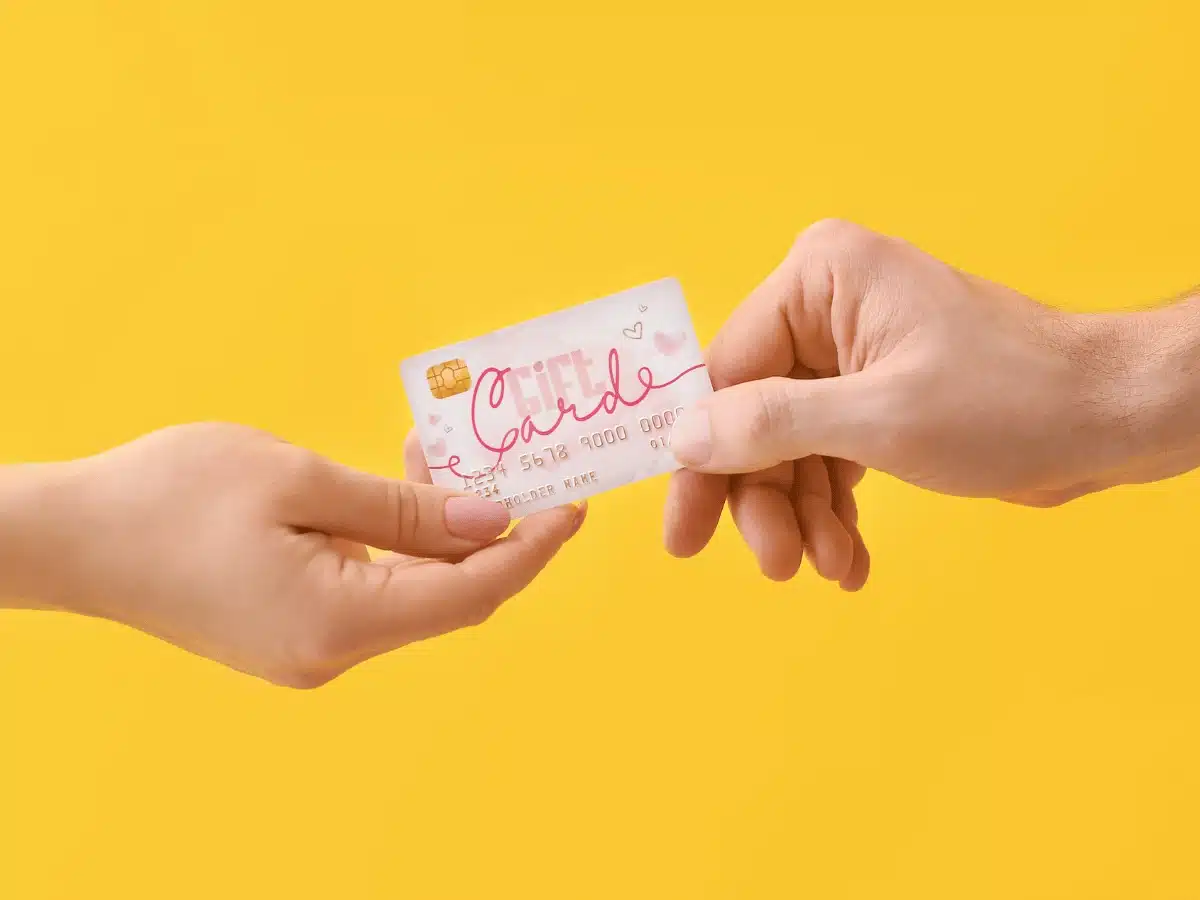
Gifts cards can be physical cards or e-gift cards, both with unique advantages.
On the other hand, you have electronic vouchers which similarly offer convenience, but also ease of delivery so your customers can just download it on their phone and not worry about carrying around a paper voucher.
What’s more, you actually tap into the psychology of gifting by offering vouchers and gift cards. For example, many people like to purchase these prepaid options for a special occasion or maybe just as a general token of appreciation.
In practice, this usually results in increased sales or higher online engagement, as most people tend to eagerly redeem their gift cards or vouchers as soon as they receive them.
Cash payments
And lastly, who could forget about cash? Though electronic payment methods largely dominate most businesses around the world, few options are quite as trusted as accepting cash.
You never have to worry about staying constantly connected to the internet or troubleshooting technical issues with a cash-in-hand transaction on the spot. In contrast, an EFTPOS terminal requires set-up processes, maintenance and the dependency on intermediaries charging for the privilege of it all.
One of the primary benefits of cash payments boils down to the perceived lack of transaction fees. But although 0% of a cash transaction goes to a payment processing company, you still have to factor in the cost of staff hours for counting and end-of-day cashing up, depositing coins and notes at your business bank, and the security measures for storing and handling the cash (e.g. a cash drawer, security camera).
However, the immediate availability of cash and ability to accept it anywhere are drivers that make it popular. You don’t have to wait for funds to be processed or transferred to your bank account – but you do need to keep an eye out for theft as well as counterfeit coins and notes.

